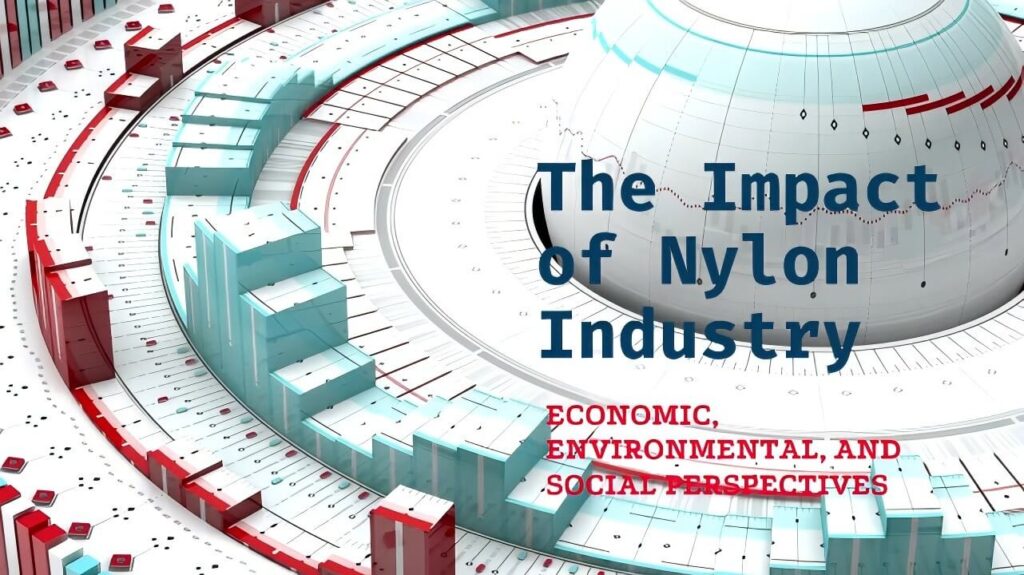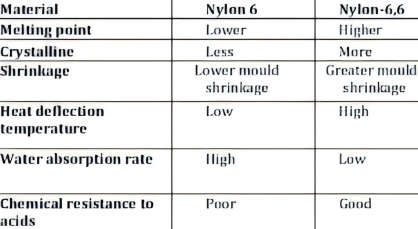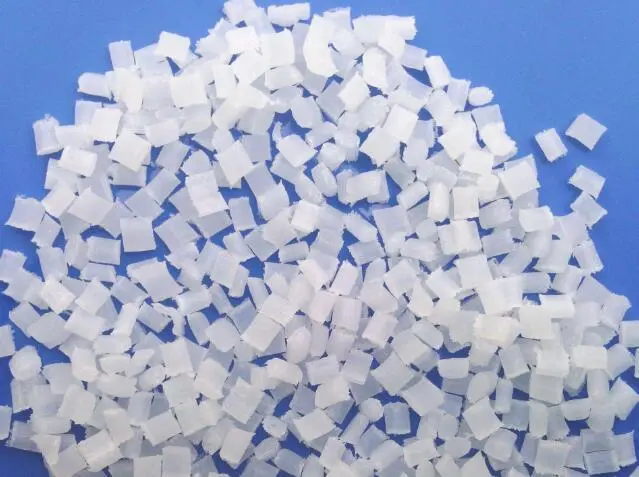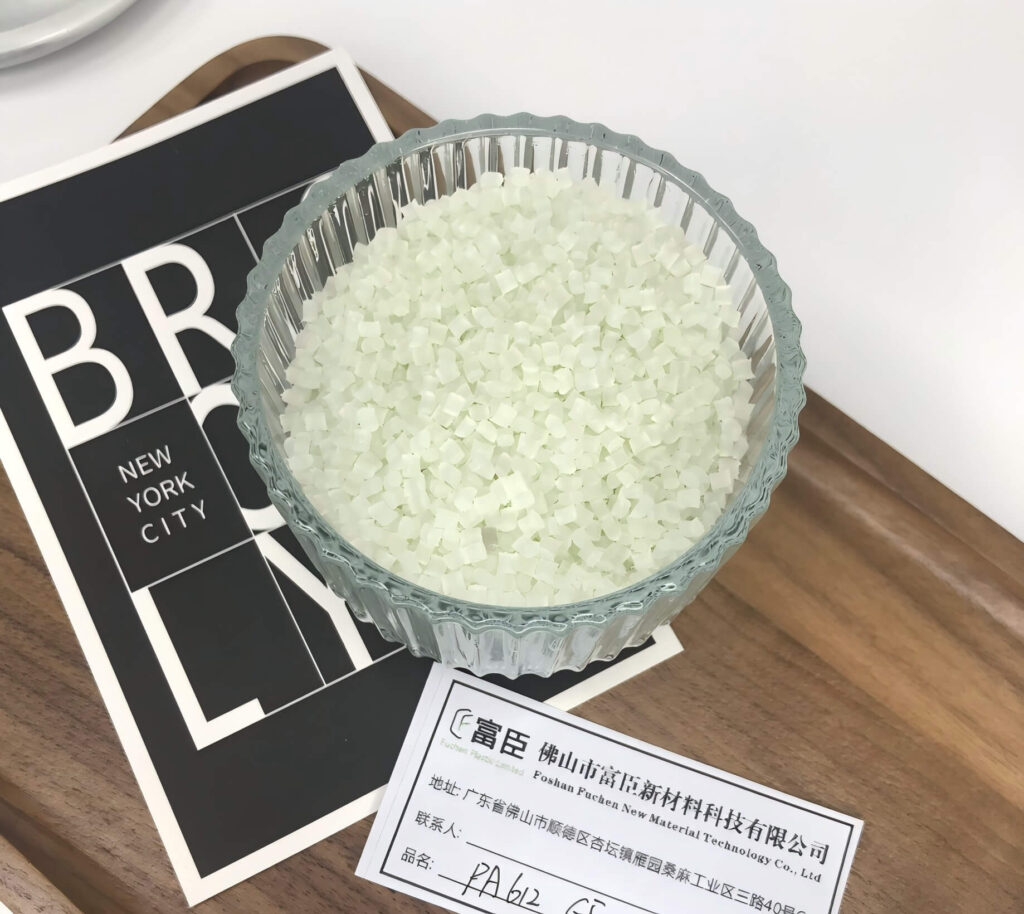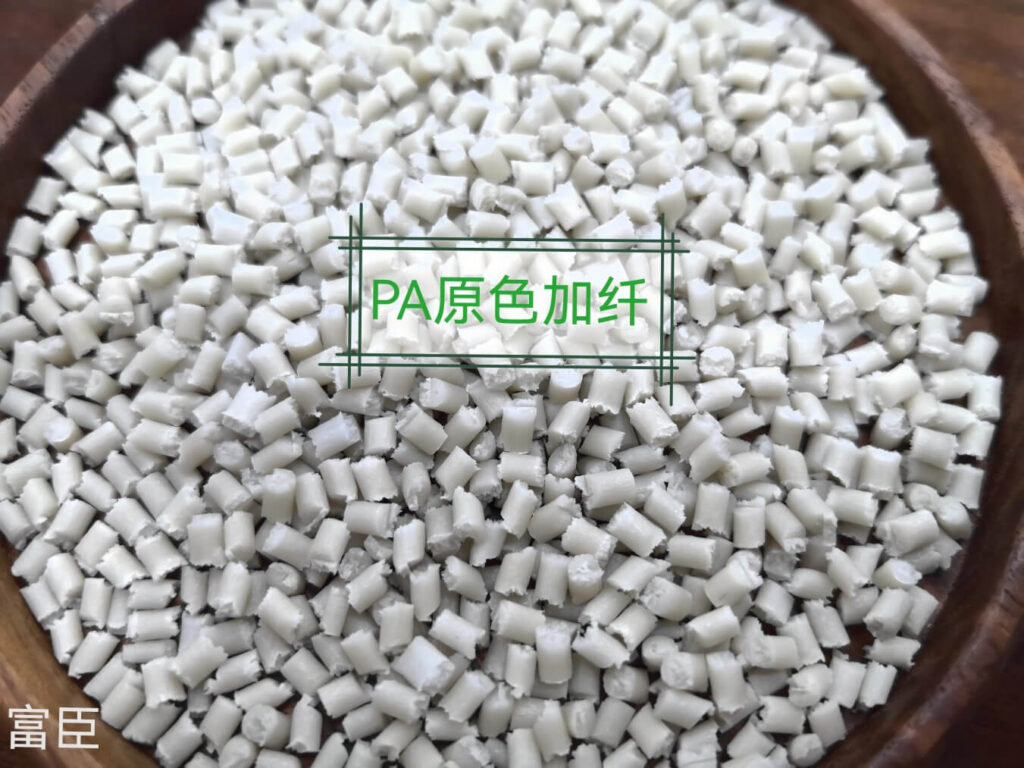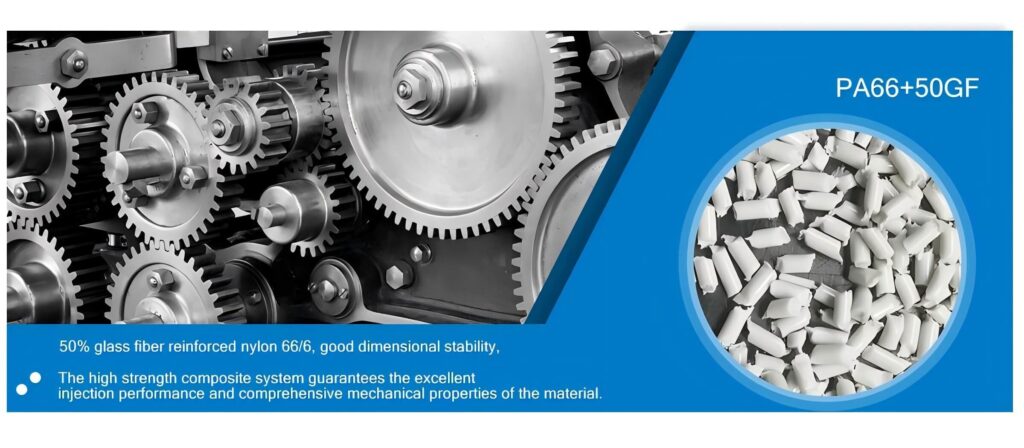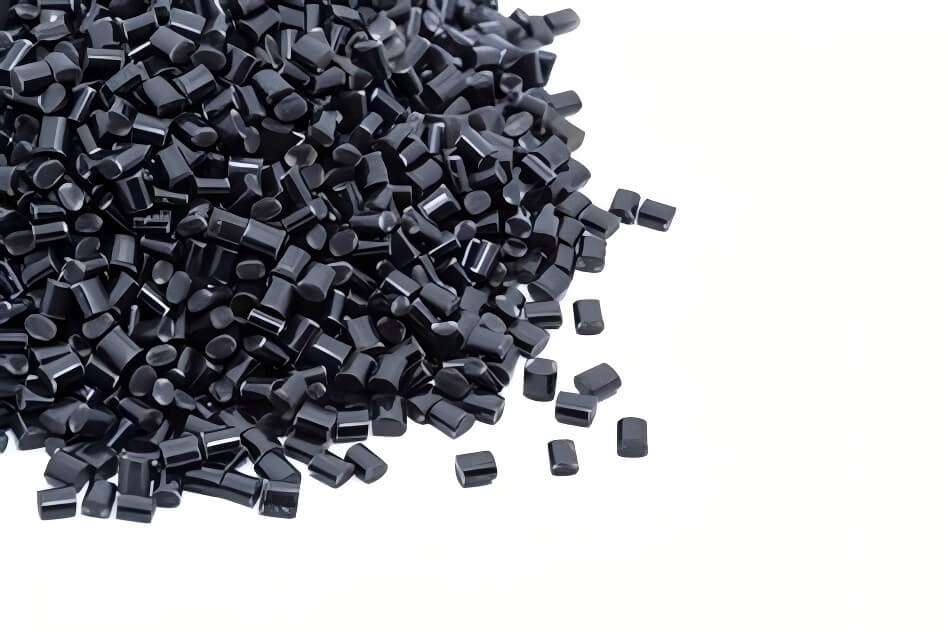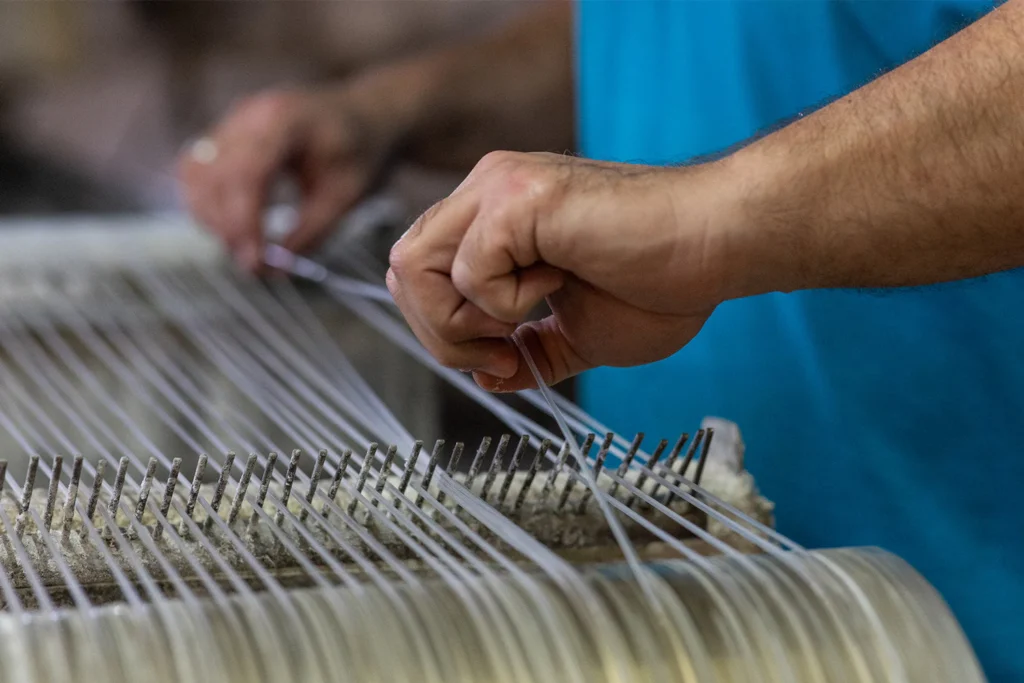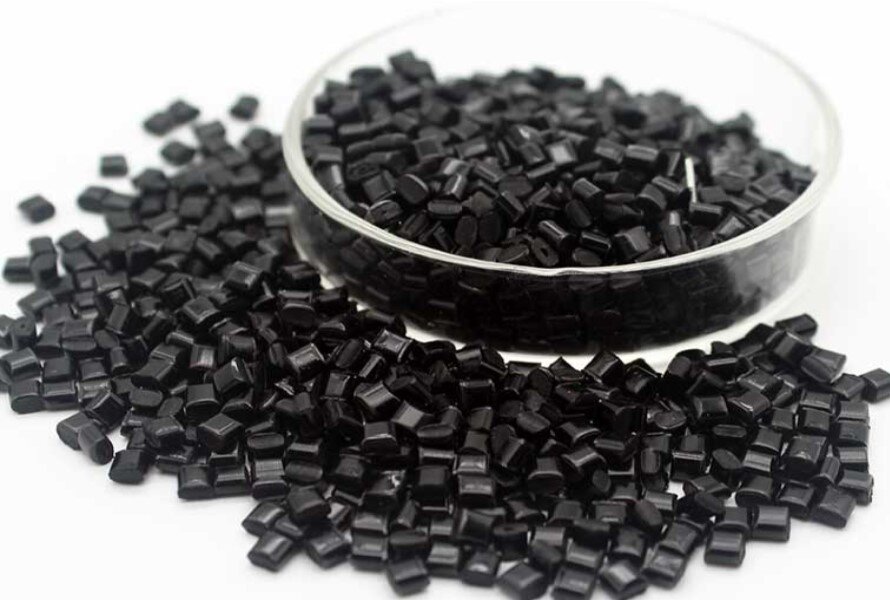Introduction of Nylon Density Nylon, a synthetic polymer, is one of the most versatile materials used across various industries. Its durability, strength, and flexibility make it a go-to choice for numerous applications. However, one aspect that significantly impacts nylon’s performance is its density. Nylon density plays a crucial role in determining how well the material […]
Introduction of Nylon 6 vs Nylon 66 Nylon is a popular synthetic polymer, valued for its strength, durability, and versatility. Among the most common types are Nylon 6 and Nylon 66, both widely used across various industries. Although they share many similar traits, the two nylons differ significantly in their chemical structure, leading to variations […]
Introduction of PA6 vs PA11 In the world of synthetic materials, nylon stands out as a crucial polymer, integral to various industrial applications. Among the many types of nylon, PA6 vs PA11 are two prominent variants that are often compared due to their unique characteristics and uses. This article will delve into the fundamental differences […]
Introduction of PA6 vs PA612 In the world of polyamide (nylon) polymers, two key variants, PA6 and PA612, stand out for their unique properties and applications. These polymers have specific differences in their chemical compositions, which impact their overall performance in various industrial and commercial uses. This article will explore these differences, focusing on their […]
Introduction of Nylon 6 Granules Nylon 6 granules have become an integral part of modern industries, renowned for their durability, versatility, and cost-effectiveness. This article explores the fascinating history of Nylon 6, from its inception to its current role across various sectors, while also considering its environmental impact and future potential. Origins of Nylon 6 […]
Introduction: The Versatility of PA66 GF in Engineering Applications In today’s engineering world, choosing the right material can make all the difference in performance, cost, and longevity. One material that stands out among the rest is PA66 GF, a glass-fiber-reinforced polyamide 66. With its unique properties, it has become a preferred choice in various industries. […]
Introduction of Glass-filled Nylon vs Polymer In the realm of engineering and material science, the choice of materials can greatly impact the performance and longevity of products. Glass-filled nylon has emerged as a superior option over traditional polymers in various applications due to its enhanced mechanical properties. This article explores the key advantages that glass-filled […]
Introduction of Recycled Nylon Recycled nylon production has gained prominence as a sustainable and economically advantageous alternative to traditional nylon manufacturing. As the world moves towards more eco-friendly solutions, businesses are finding that recycled nylon offers not only environmental benefits but also significant economic advantages. In this article, we will explore the various ways in […]
Introduction of Nylon 12 and Glass-filled Nylon When choosing materials for industrial applications, mechanical strength is often a critical factor. Nylon 12 and glass-filled nylon are two materials frequently considered due to their versatile properties. However, they differ in key areas, especially when it comes to mechanical performance. This article provides a detailed comparison of […]
Nylon: A Synthetic Polymer with Strength and Flexibility Nylon is a synthetic polymer known for its versatility. It is composed of long chains of repeating monomers, linked through a process called polymerization. This structure provides nylon with strength, flexibility, and resistance to abrasion, making it ideal for products requiring durability, such as outdoor gear and […]

